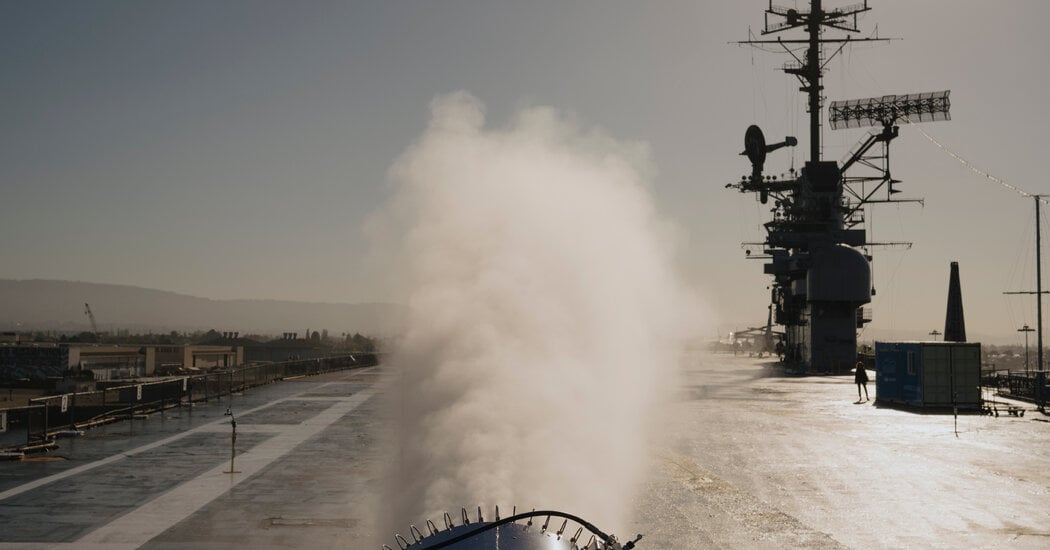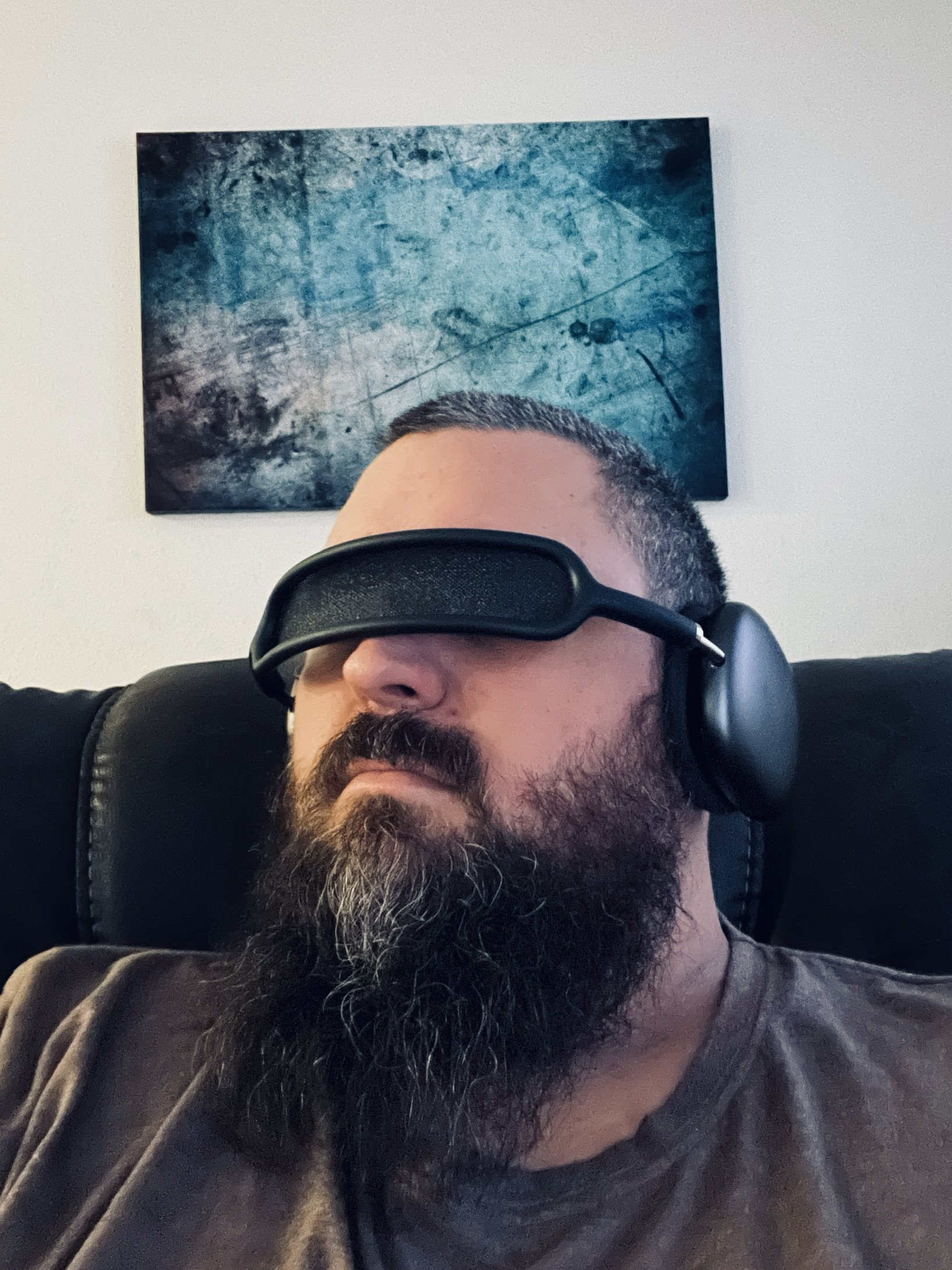A little before 9 a.m. on Tuesday, an engineer named Matthew Gallelli crouched on the deck of a decommissioned aircraft carrier in San Francisco Bay, pulled on a pair of ear protectors, and flipped a switch.
A few seconds later, a device resembling a snow maker began to rumble, then produced a great and deafening hiss. A fine mist of tiny aerosol particles shot from its mouth, traveling hundreds of feet through the air.
It was the first outdoor test in the United States of technology designed to brighten clouds and bounce some of the sun’s rays back into space, a way of temporarily cooling a planet that is now dangerously overheating. The scientists wanted to see whether the machine that took years to create could consistently spray the right size salt aerosols through the open air, outside of a lab.
If it works, the next stage would be to aim at the heavens and try to change the composition of clouds above the Earth’s oceans.
As humans continue to burn fossil fuels and pump increasing amounts of carbon dioxide into the atmosphere, the goal of holding global warming to a relatively safe level, 1.5 degrees Celsius compared with preindustrial times, is slipping away. That has pushed the idea of deliberately intervening in climate systems closer to reality.
✅AI being developed
✅”We don’t know who struck first, us or them. But we do know it was us that scorched the sky.”Hey I’ve seen this plot before.
What are the risks here? Could we go too far, ruining agriculture and plunging the Earth into a new ice age? Or would this “probably be fine”?
deleted by creator
I want to hunt mammoths with my spear you shut the fuck up and let them make this mistake please.
Based caveman
Removed by mod
And now we don’t need to. No need to body shame people for not being hunters when it wasn’t the people throwing sticks who made hunting obsolete
Good news, the sun’s about to be blocked in 4 days!
On a totally unrelated note I’m excited Snowpiercer is getting another season on AMC.
This cloud-brightening stuff seems finicky compared to stratospheric aerosol injection. Clouds are hard for climate models to handle as it is, so it would be hard to predict the impact on climate change ahead of time. If you want to do geoengineering, this seems pretty far down on the list of alternatives.






